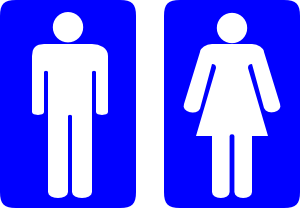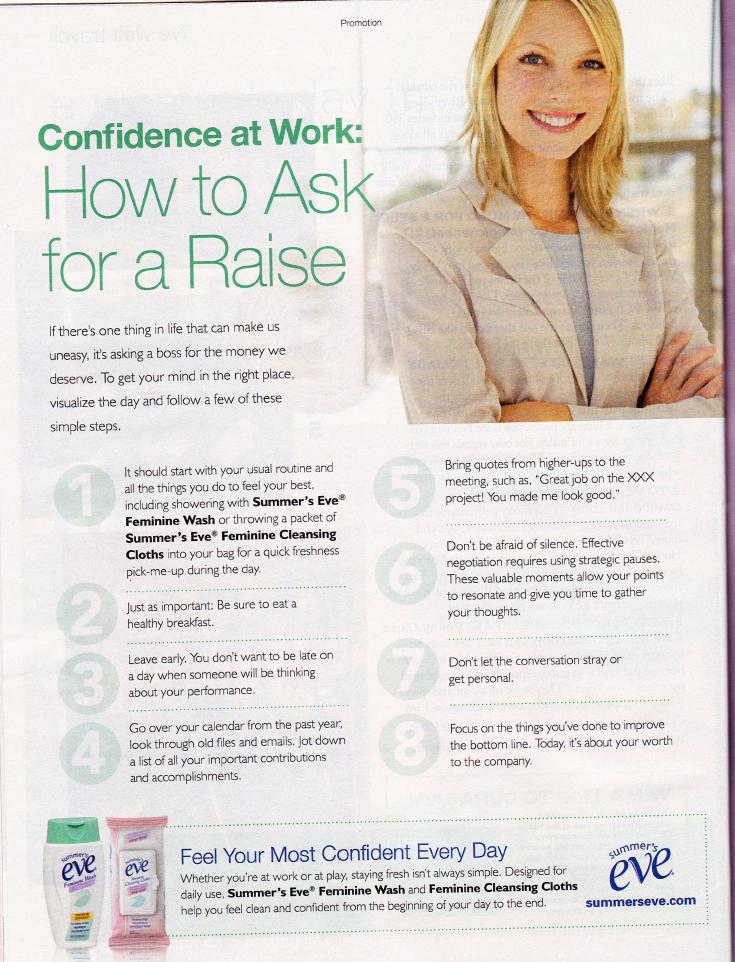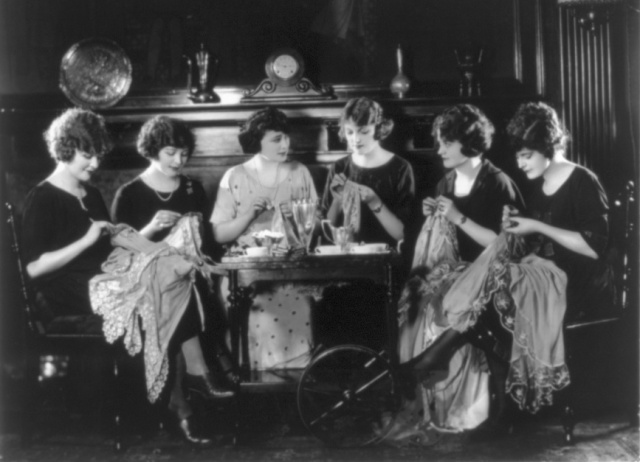Please welcome Guest Blogger Ashley Mears. Mears is a model-turned-sociologist who is doing fantastic work on the modeling industry. In her forthcoming book, Pricing Beauty: Value in the Fashion Modeling World (UC Berkeley Press), she examines the production of value in fashion modeling markets. When Osocio‘s Tom Megginson forwarded us a link to a trailer for a new documentary on the topic, Picture Me, we turned immediately to our resident expert. We’re so pleased that she agreed to share her thoughts.
———————————

Picture Me documents ex-model Sara Ziff’s 4-year rise and exit through the fashion modeling industry. It sets out to expose the grit behind the glamour, chronicling models’ exhausting work and travel schedules, warped body images (include hints of anorexic and bulimic practices), debt to agencies, innocent youth and the attendant vulnerability to sexual predatory clients. It is a long, wandering complaint of the industry, and in the end, Ziff equates all bodywork with exploitation and dismisses modelling work as cheap thrills—albeit emotionally costly ones.
While critical of the industry, the film glamorizes what it supposedly condemns, most insidiously by portraying Ziff’s meteoric success as normal for a model. Twice the camera zooms in on the many digits of her paychecks. As her co-filmmaker/boyfriend Ole Schell wryly notes, “It’s not everyday you see a check for $112,000.” This is especially the case, they should add, for most working fashion models. As a winner-take-all market, modelling is extremely unequal; very few women reach this kind of success. At any given modelling agency, in fact, dozens of women owe significant debt, an issue far more complex—and exploitive—than the moments it gets in Picture Me. Models accrue debt for start-up costs advanced by their agencies, from plane tickets and visas to pocket money and apartment rent in an agency-owned apartment (to the tune of about $250 per week to stay regardless of how full or vacant its state). They are charged anywhere from $5 to $50 for bike messengers to deliver their portfolios across town daily. These costs are not negotiable or traceable; they are deducted automatically from her future earnings. And they add up; at one New York agency I studied, a model was in the hole up to $18,000 even before stepping foot into her first casting audition. To recoup their losses, agencies count on the top 5% of their models who bill more than $100,000 annually, people like Ziff who are statistical anomalies in their field.
A model who leaves an agency with a debt is legally bound by contract to repay it, though accountants will tell you that they don’t bother to pursue these debts, since indebted models are an unlikely source from whom to recoup losses. Instead, agencies write off negative accounts as business expenses. However, models’ negative accounts will by law transfer to their next agencies should they attempt to work elsewhere, which is unlikely as agencies are hesitant to represent models with existing negative balances from prior agencies. In other words, once in debt, everywhere in debt. It is an independent contractor status designed to alleviate the organization’s responsibility for its worker, pushing all market risks onto the freelancer in a work relationship that can resemble indentured servitude. Thus, Ziff sits at the top of the pile, nonchalantly waving a wad of cash in her hand that masks a precarious career structure in which, for every Sara Ziff, there are thousands of women struggling to make ends meet.
———————————
Another telling omission in the film is men. Ziff’s accusations of systemic sexual abuse are distressing, and something I heard all too commonly in interviews with models—male models, that is. I found women were far less likely than men to recount ordeals of sexual advances by clients. There are a couple of explanations for this discrepancy. First, it is likely that female models may not report or even recognize as report-worthy sexual advances by men, given the ubiquity of sexual harassment women are likely to face on any job. Second, the filmmakers seem to have encouraged their subjects to recount their ordeals in confessional-style video diaries, a technique quite different from open-ended interviewing.
Also likely, I think male models do experience more unwanted come-ons than female models. In an industry over-represented with gay men in decision-making positions, male models report feeling pressure to flirt with men in order to book jobs. Male models earn considerably less than their female peers, making each job more important to them, and their agents often instruct them to charm important clients. It’s referred to jokingly in the industry as going “gay for pay,” similar to male porn actors who do gay sex scenes to boost their earnings. Male models do not as a population identify as gay, but it’s widespread and openly acknowledged that straight men must flirt shamelessly with gay clients to get work. As one male model told me, “Everyone has to play his cards.”
But it’s not a game to the men I interviewed who told horror stories of such performances turning into threatening situations. Men reported being “felt up” by stylists while dressing, told to wear revealing clothes, or no clothes at all, and being kissed and hugged by prestigious clients at parties. One model described how, on a shoot with a male photographer, he was asked to make himself semi-erect. This is not to downplay women’s encounters with sexual harassment in the industry, but to note that all models are relatively powerless in this market, and given the sex composition of those in power, male models are especially vulnerable.
Picture Me revolves around shocking personal narratives, and as a biting (and I think unfair) NY Times review notes, the filmmakers go straight for the easy critiques at the expense of their social context. It’s hard to contextualize economics, gender and sexuality, and a complicated career structure in a 75-minute documentary, especially when stomach-turning confessionals and eye-catching runway pictures are so readily available. And this is what sociologists are for anyway.
For more of Mear’s insights on the modeling industry, see our posts on the contrasting aesthetics of high end and commercial modeling, the ugly other side of the model search, and control and thinness.
Lisa Wade, PhD is an Associate Professor at Tulane University. She is the author of American Hookup, a book about college sexual culture; a textbook about gender; and a forthcoming introductory text: Terrible Magnificent Sociology. You can follow her on Twitter and Instagram.











